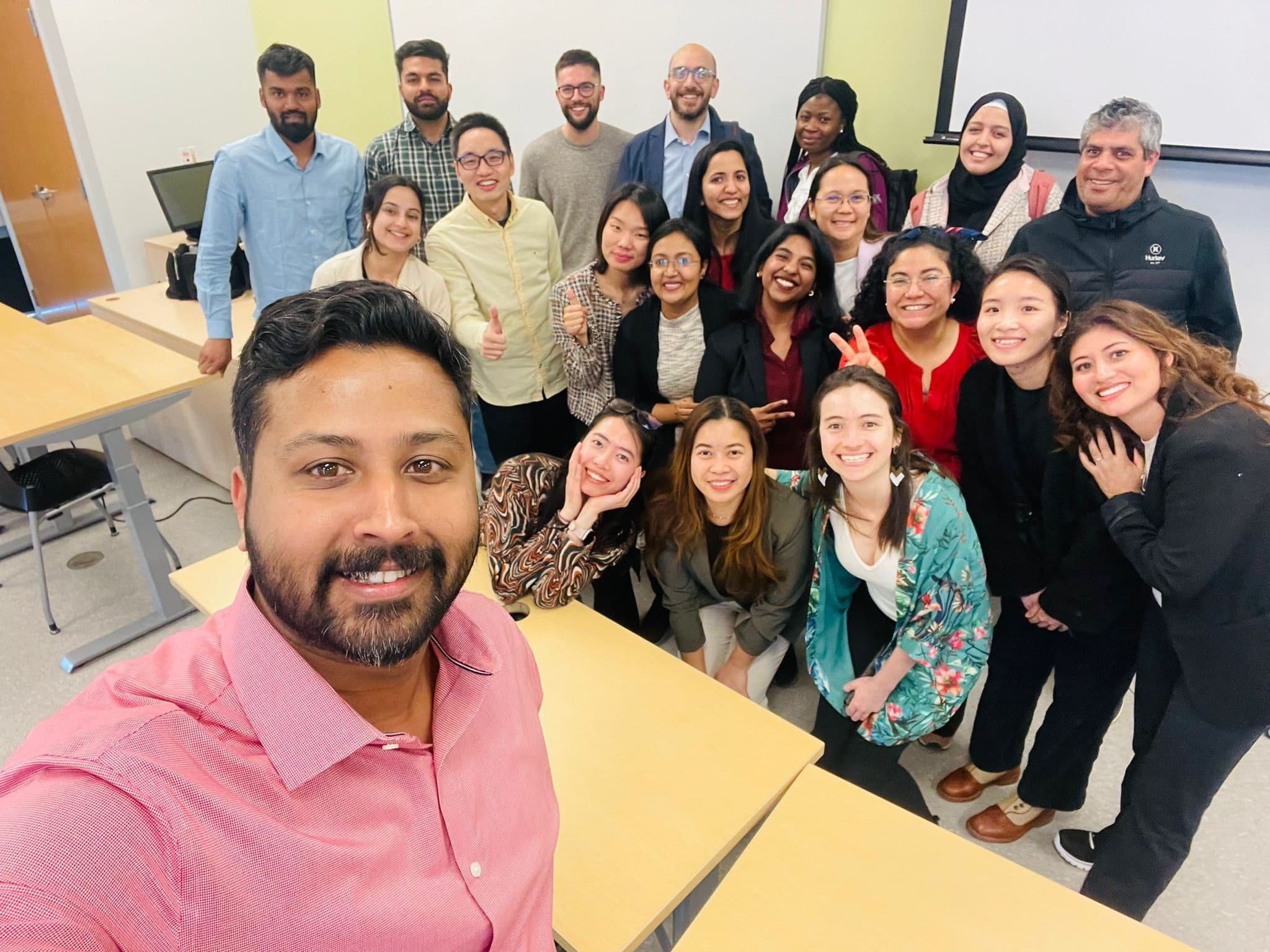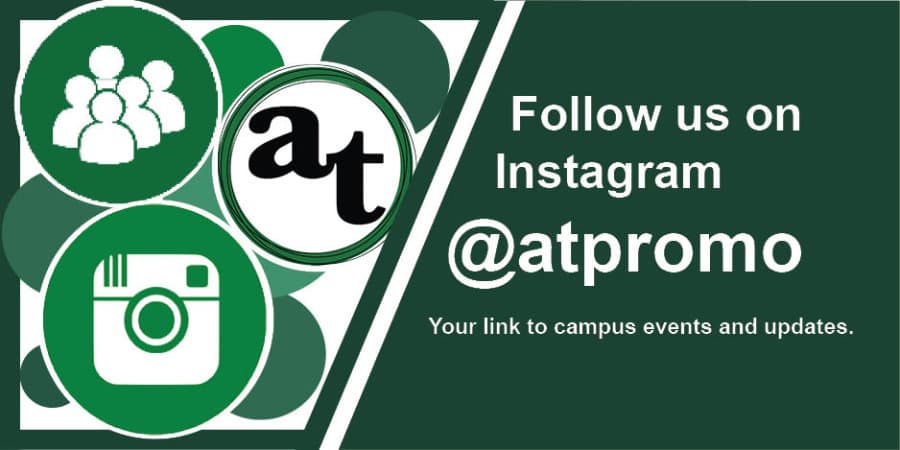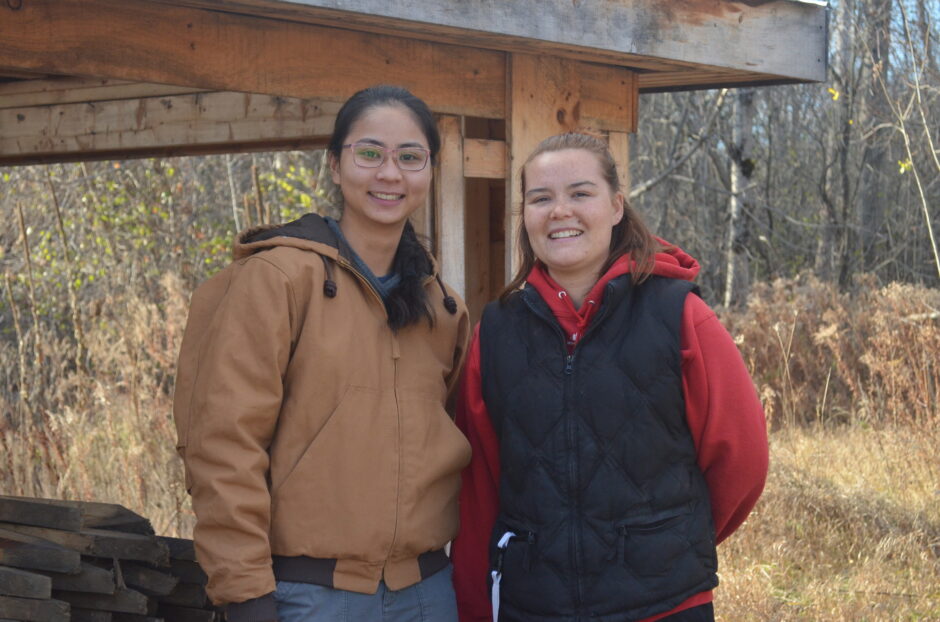Brand management program prepares international students for success

Rosin Sara Roy never imagined Canada would be this expensive. Her 10-hour night shift with the Amazon fulfillment center starts at 8 p.m. after a long day of classes at school. Sara Roy is currently looking for another job to make ends meet.
The level-one brand management student left sunny Kerala in 2022 to fight the cold weather in Ottawa. Along with the climate challenges, the food shocks and the high cost of living, Sara Roy also had to spend four months in a house without a lease. Like most international students, adjustment to the new life in Canada comes at a cost.
However, there are bright spots too. For instance, Sara Roy enjoys learning about brand campaigns, social media strategy and brand measurement in her courses at Algonquin College.
Students in the brand management program want a career in Canada. However, as 100 per cent of them are international, the approach and the curriculum need to be a bit different from traditional programs.
The program, which was introduced at Algonquin College in 2014 in a one-year format, has a 90 per cent employability rate. Last year, the program added a second year.
Graduates get full-time jobs related to their studies within two years of graduating. According to the program’s co-coordinator, Kindha Gorman, half of the graduates end up working for all kinds of agencies – advertising, campaign, market research, social media – or for companies.
“We live in a complicated world that is developing at a lightning-fast pace,” said Gorman. “Brands don’t live in their own little world. They are part of the news cycle and social conversation, so we pay a lot of attention to the news and trends.”
Even when the program lasted only a year, it helped a lot of international students understand the Canadian landscape.
“I feel now that I have been working in the Canadian advertising industry, I realize how important this course was for me,” said Pranav Kundra, an alumnus of the program who graduated in 2022. “Without it, this would have been weird for me to mingle and understand the Canadian humour, the etiquettes and the intangibles.”
Kundra’s love for brands goes back to his childhood. It was a TATA-AIG ad in which a child helps an old lady with her groceries. As a gesture, the old lady gives the child a coin. The little boy was so excited that he run to his father’s office to show him his earnings. He told him that it was his first salary. This ad had a deep impact on Kundra the kid. It pushed him to save money he got from his parents or relatives on occasions. Till now, this ad makes Kundra realize the value of money and the innocence in kids.
Thanks to the courses and the group projects, Kundra is familiar with the nuances of a brand. Today, his daily routine at Response Advertising Inc. is handling nameplates for Toyota and deciding the assets to use like Google display banners, Facebook ads, radio spots or TV commercials.
What Kundra learned in the program time fits seamlessly with what he is doing. Things they were taught are valid in today’s scenario as well. However, the faculty strives for continuous improvement in order to better serve students.
In 2022, the program was extended to two years to allow students more time for exposure to brand behavior and market research. A two-year program also allows international students to obtain a post-grad work permit, which wasn’t possible in the shorter format.
It would also improve their chances of finding work in Canada. The new longer program prioritizes leadership, professional communication skills and innovative mindset development.
“These are three key courses that didn’t exist in the past,” said Norma Perez Cervantes, professor and program co-coordinator. “So now, we are helping our students to get those skills that they need to start their professional careers here in Canada.”
For Perez Cervantes, the key to a brand’s success is its customers, but the shopper is the one who purchases the product. Students must understand the difference and adapt their brand strategy accordingly.

Putting the students in real-life situations in their class is far more fulfilling for Shams Rehan, a level-one student. Coming straight from Malaysia in 2022, the first month of adaptation was tough. In the beginning, he had his apprehensions about racism, being accepted or feeling included. Despite the high cost of living, a two-hour bus ride to college and the cold weather, Rehan gets to enjoy the numerous facilities on campus, especially the ARC.
Level one international students need time to adjust to a demanding curriculum. The most challenging course so far for Rehan is marketing research. For instance, on one assignment he received a 50 per cent deduction on his mark because of a lowercase first letter of a brand’s name. Proper research on brands is essential and students are given tools to navigate that.
“I think the program itself is giving us tools to control the perceptions of the people about the brand. Our professors actually work in the industry,” said Rehan.
Most professors work for big firms or have their own business. The program designers maintain strong ties with community partners to understand the changes in the business environment. Brand management is not their job but a passion. Being at the top of the game drives them and they make sure to infect their students.
Kindha Gorman believes brand management goes way beyond logos and ad campaigns. The team analyzes the world to look at best practices, develop comprehensive strategies and spend lots of time thinking creatively. It is a true balance of both sides of the brain.
Successful brand managers need a set of competencies, but the most sought ones are curiosity and agility. Gorman advises students to challenge how brands fit into the big picture. It is important to ask questions and go over assumptions.
“We help students hone the skills of writing, problem-solving, analytical and critical thinking skills because they are key,” she said. “We push them to apply the fundamentals to hands-on exercises and projects. There is never a dull moment in the program.”








